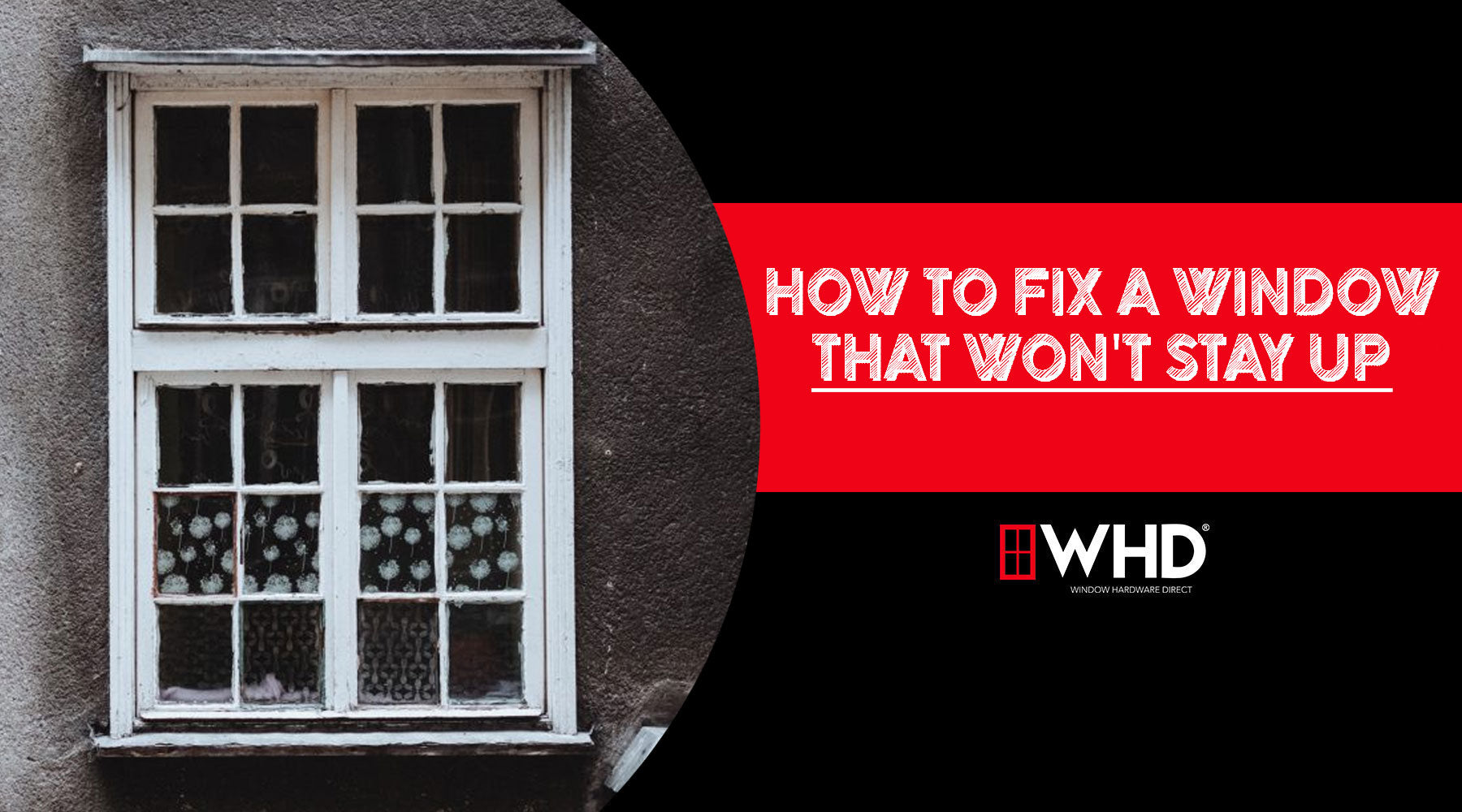
How to Fix Old Windows That Won’t Stay Up
If you have older windows in your home, you may have noticed a common and frustrating problem: the sash (the part of the window that moves up and down) won’t stay open on its own. Instead, it slides shut as soon as you let go—sometimes with enough force to make it dangerous. Learning how to fix old windows that won’t stay up can restore both safety and functionality to your windows without necessarily needing a full replacement.
Why Old Windows Stop Staying Open
Most double-hung and single-hung windows rely on a balance system to hold the sash in place. In many older homes, this system uses one of two designs:
-
Rope and pulley weights – Common in very old wooden windows, a rope attaches to the sash and runs over a pulley to a hidden weight inside the wall.
-
Spiral balances – Found in mid-century and later windows, these use a spiral rod to support the sash.
Over time, ropes can fray and snap, weights can become disconnected, or balances can lose tension. When the balancing system fails, the window sash has nothing to hold it up, causing it to slam shut.

How to Fix Old Windows That Won’t Stay Up
Identify Your Window Type
-
Open the window and look inside the jamb (the side track). Do you see ropes disappearing into the wall, or a spiral rod with a plastic or metal shoe? This will tell you if you have a weight-and-pulley system or a spiral window balance.

Replace Broken Sash Cords (for Weight-and-Pulley Windows)
-
Step 1: Pry off the side trim or “stop” to access the sash.
-
Step 2: Remove the sash carefully.
-
Step 3: Thread new sash cord over the pulley and tie it securely to the weight inside the wall pocket.
-
Step 4: Reattach the cord to the sash and reinstall the sash and trim.
-
New sash cord can be found at most hardware stores and is an affordable fix for very old windows.

Repair or Replace Spiral Balances (for Mid-Century Windows)
-
Step 1: Locate the spiral balance in the jamb.
-
Step 2: Use a spiral balance tensioning tool to wind the balance and add tension.
-
Step 3: If the spiral rod is bent, rusted, or broken, it’s best to replace it entirely.
-
Replacement balances are usually inexpensive and easy to install.

Check and Lubricate Window Tracks
-
Sometimes a sash sticks because of paint buildup or dirt in the track. Use a putty knife to scrape off paint, clean the channel, and add a lubricant to help the sash move freely.

Consider Upgrading Balances or Hardware
-
If your balances are too worn or your ropes keep breaking, you can upgrade to a modern sash support system. Many old windows can be retrofitted without compromising their vintage charm.

When to Call a Professional
While many homeowners can tackle a balance replacement or sash cord repair on their own, some older windows are delicate, and parts may be hard to source. If the sash is unusually heavy, the frame is damaged, or you’re unsure about dismantling trim, hiring a local window repair specialist might be the safest route.
Conclusion
Knowing how to fix old windows that won’t stay up can save you money and preserve the original character of your home. Whether it’s replacing a frayed sash cord, adjusting spiral balances, or simply cleaning the tracks, most fixes are straightforward with the right tools. Restoring your windows’ function not only improves convenience but also adds to the safety and charm of your living space. For more information on fixing windows or assistance ordering replacement hardware, Contact The WHD Team! We look forward to helping you.
